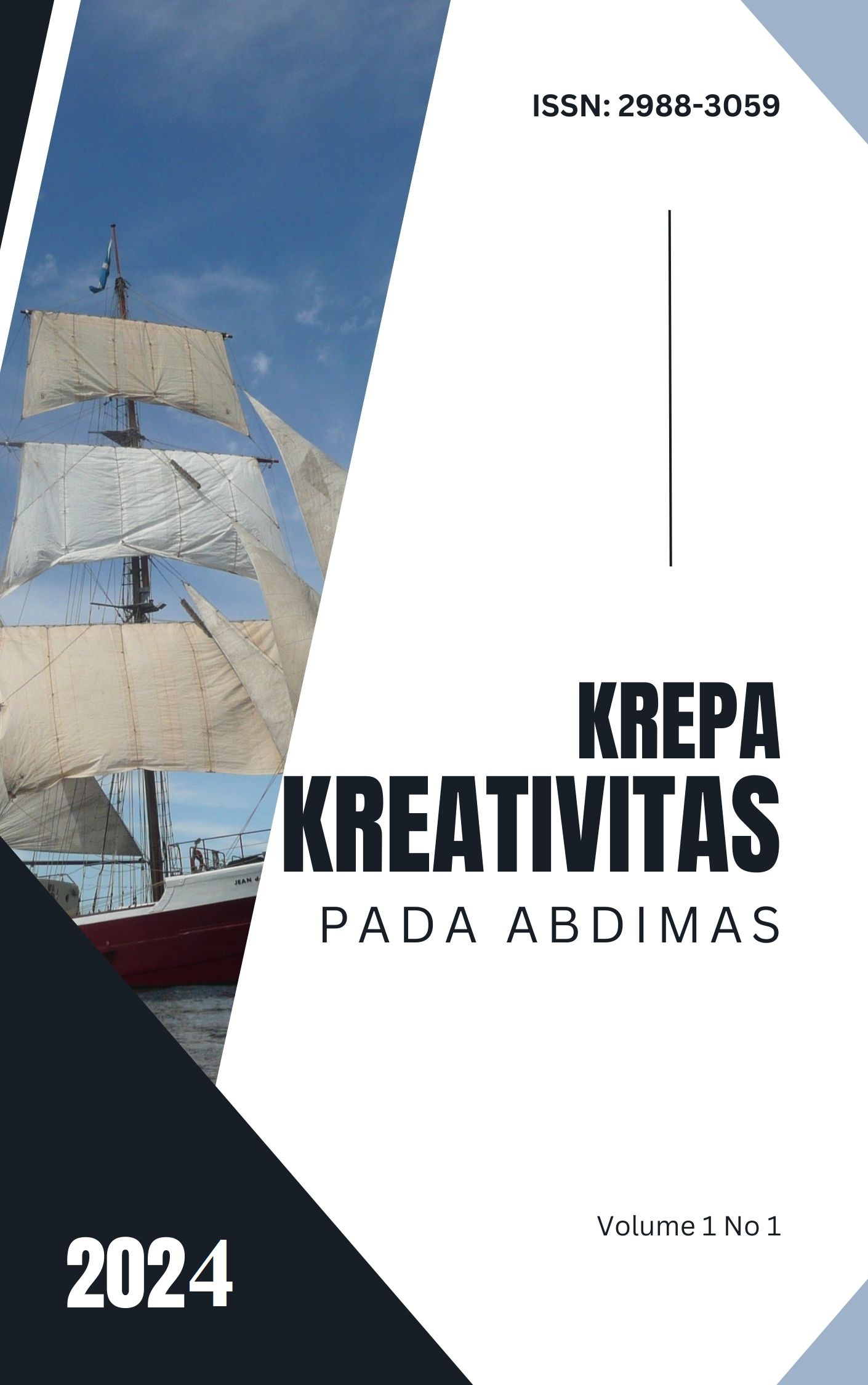Rancang Bangun Alat Pemantau Kualitas Air Sumur Berbasis Lot Bagi Masyarakat Pedesaan
DOI:
https://doi.org/10.34743/1grsmh38Keywords:
Water quality, Well, LoT, Rural ComunityAbstract
Clean water is a basic human need, especially for rural communities that rely heavily on well water for daily consumption and activities. Unfortunately, the quality of well water often goes unmonitored, posing health risks. This study aims to design and develop a well water quality monitoring device based on Learning of Things (LoT) to help rural residents monitor key parameters such as pH, Total Dissolved Solids (TDS), turbidity, and temperature in real-time. The research method includes needs analysis of rural communities, system design using ESP32 microcontroller, integration of water quality sensors, and the development of an educational interface based on LoT. Testing was conducted in a village in Deli Serdang Regency, North Sumatra. The results show that the system accurately detects changes in water quality parameters with less than 5% deviation compared to laboratory measurements. Furthermore, the educational interface improved public understanding of safe water standards. This tool is considered effective for remote areas due to its energy efficiency, user-friendliness, and ability to be operated independently by the community. The study confirms that LoT-based implementation can successfully integrate technical and educational functions in one IoT system, offering significant contributions to public health and community empowerment
References
Badan Pengkajian dan Penerapan Teknologi. (2020). Teknologi Tepat Guna untuk Daerah Terpencil. Jakarta: BPPT Press.
Handayani, S., & Rizky, A. M. (2022). Implementasi Learning of Things dalam Meningkatkan Literasi Teknologi di Sekolah Pedesaan. Jurnal Teknologi Pendidikan dan Pembelajaran, 10(2), 88–95.
Kementerian Kesehatan Republik Indonesia. (2017). Peraturan Menteri Kesehatan No. 32 Tahun 2017 tentang Standar Baku Mutu Kesehatan Lingkungan dan Persyaratan Air untuk Keperluan Higiene dan Sanitasi.
Kementerian Kesehatan Republik Indonesia. (2021). Profil Kesehatan Indonesia Tahun 2021. Jakarta: Kemenkes RI.
Nursalim, H., Maulana, R., & Hidayat, R. (2021). Sistem Monitoring Kualitas Air Sungai Berbasis IoT dengan Antarmuka Web. Jurnal Ilmu Komputer dan Informatika, 7(1), 12–19.
Prasetyo, H., & Nugroho, Y. (2020). Rancang Bangun Sistem Pemantauan Kualitas Air Menggunakan Sensor pH dan TDS Berbasis Arduino. Jurnal Teknologi dan Sistem Komputer, 8(1), 1–7.
Rahayu, N., & Prasetyo, R. (2020). Evaluasi Suhu Air dan Dampaknya terhadap Kualitas Konsumsi Air Rumah Tangga. Jurnal Kesehatan Masyarakat Indonesia, 15(3), 89–94.
Ramadhan, A., & Arif, M. (2021). Sistem Monitoring Kualitas Air Menggunakan Internet of Things. Jurnal Ilmiah Teknik Elektro Komputer dan Informatika (JITEKI), 7(3), 412–419.
Setiawan, D. (2020). Pengaruh Nilai pH terhadap Kualitas Air Sumur di Wilayah Pedesaan. Jurnal Ilmu Lingkungan dan Kesehatan, 6(1), 22–29.
Setyowati, L., & Susanto, A. (2020). Analisis Parameter Fisika dan Kimia Air Sumur di Daerah Pedesaan. Jurnal Sains Lingkungan Indonesia, 12(1), 56–63.
Wijayanto, H., & Mardiana, R. (2021). Sistem Monitoring Kualitas Air Otomatis Berbasis IoT pada Daerah Terpencil. Jurnal Teknologi Informasi dan Elektronika, 9(2), 101–108.
Yulianingsih, N., & Wahyuni, D. (2021). Kajian Parameter Kualitas Air Sumur Berdasarkan Standar Kesehatan di Daerah Suburban. Jurnal Kesehatan Masyarakat, 13(1), 40–47.
Downloads
Published
Issue
Section
License
This work is licensed under a Creative Commons Attribution-ShareAlike 4.0 International License.











